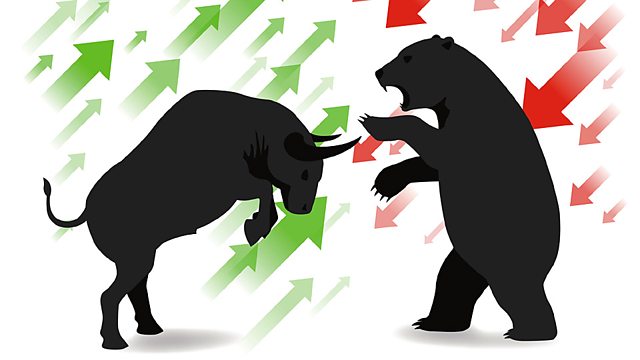
The Bull And The Bear Case For Bitcoin, Ethereum, Ripple, Litecoin, And Other Cryptocurrencies
There have been better days and worse days for Bitcoin, Ethereum, Ripple, Litecoin, and other cryptocurrencies.
The better days were back in November and December when a “virtuous” rotation helped spread the rally from Bitcoin to other cryptocurrencies. This means that funds cashed out from one currency were invested in other currencies.
That’s a bullish "technical" sign for cryptocurrencies, as it keeps the momentum for the sector alive.
[Ed note: Investing in cryptocoins or tokens is highly speculative and the market is largely unregulated. Anyone considering it should be prepared to lose their entire investment. Disclosure: I don't own any cryptocoins or tokens.]
The worse days were early this week when the sell-off in major cryptocurrencies spread across the entire sector. This means that money cashed out from one cryptocurrency didn’t flow to other cryptocurrencies, but moved to cash or to other investments.
And that’s a bearish sign for cryptocurrencies, as it undermines the momentum for the sector.
Apparently, momentum is changing very fast in cryptocurrencies, much faster than in other asset classes.
That’s why technical analysis alone may not be a reliable indicator for trying to guess the direction of the cryptocurrency markets.
What about fundamental analysis?
For the vast majority of cryptocurrencies there are no fundamentals to talk about, other than a website with a message that promises to make capitalism better.
For major cryptocurrencies like Bitcoin, there’s some information to make both a bullish and a bearish case.
The bullish case is about the advantages Bitcoin has a “headless” currency. "Increasingly widely accepted as a means of payment with no bank intermediation and absolutely no fees, Bitcoin has some of the attributes of a headless currency,” says Eric Pichet, a KEDGE professor.
Then there’s the rarity of the cryptocurrency and the low ownership rate, which explain its price spike, and the potential for further gains. “The relative rarity of the virtual product explains its rise in large part because only 0.01% of the world population own any,” adds Pichet. “Therefore, one can imagine the effect on its trading price if the primary cause of speculative bubbles, namely FOMO (Fear Of Missing Out) were to spread to a mere 1% of the world population, or 100 times more holders.”
The bearish scenario centers on two major threats which cryptocurrencies face. One of them is an intrusion in the blockchain system and the circulation of fake coins. Another threat is a concerted effort by governments around the world to ban their use.
As Eric Pichet concludes, "Under these conditions, what type of needles would burst the bubble? The first would be the heist of the century: an intrusion in the blockchain system that created a deluge of fake bitcoins. The second would be the adoption of a common position by all national governments and central banks to prohibit this means of payment in the name of fighting fraud, for example.”
Author Panos Mourdoukoutas
Posted By David Ogden Entrepreneur

Alan Zibluk – Markethive Founding Member

